Some 2011-2016 Cruze; 2012-2020 Sonic; 2013-2022 Encore and Trax models equipped with the 1.4L engine (RPO LUV) may experience several performance conditions, including loss of power, and an illuminated Check Engine MIL. After driving for a period of time, the drivability issues may seem to diminish. The following DTCs may be set: P0299 (Engine Underboost), P00C7 (Intake Air Pressure Measurement System – Multiple Sensors Not Plausible), P0234 (Engine Overboost), P2227 (Barometric Pressure (BARO) Sensor Performance) and P2261 (Turbocharger Bypass Valve Stuck). These conditions also may cause an increase in crankcase pressure, resulting in potential oil leaks at seals and gaskets.
If the performance and drivability issues are present, check the Charge Air Bypass Valve in the vacuum-side port for any contamination, such as water, oil or sludge. (Fig. 7) Disassemble and clean the valve port if any contamination is found. Refer to Charge Air Bypass Valve Replacement in the appropriate Service Information. Only replace components if necessary.
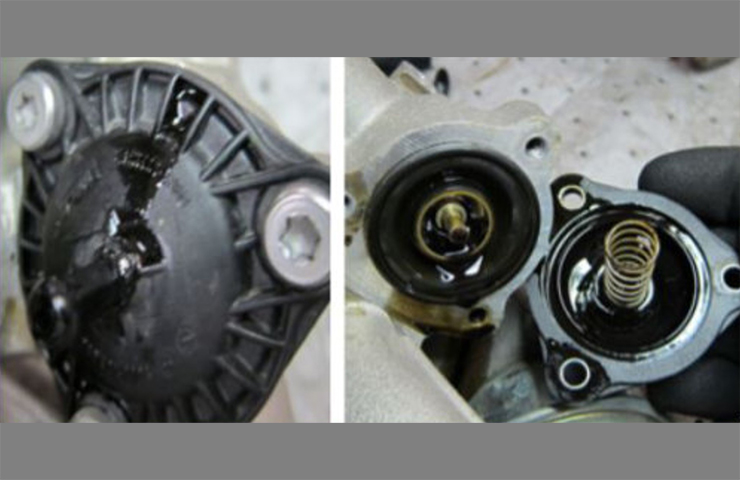 Fig. 7
Fig. 7
Turbocharger and Intake Manifold Inspection
If the desired boost pressure vs. the actual boost pressure is not within limits, but there is not any trouble found with the turbocharger wastegate actuator or turbocharger, do not replace the turbocharger. Clean the Charge Air Bypass Valve (Fig. 8; #1. Valve spring; #2. Piston; #3. Membrane) and inspect the vacuum ports of the intake manifold for any water/oil accumulation.
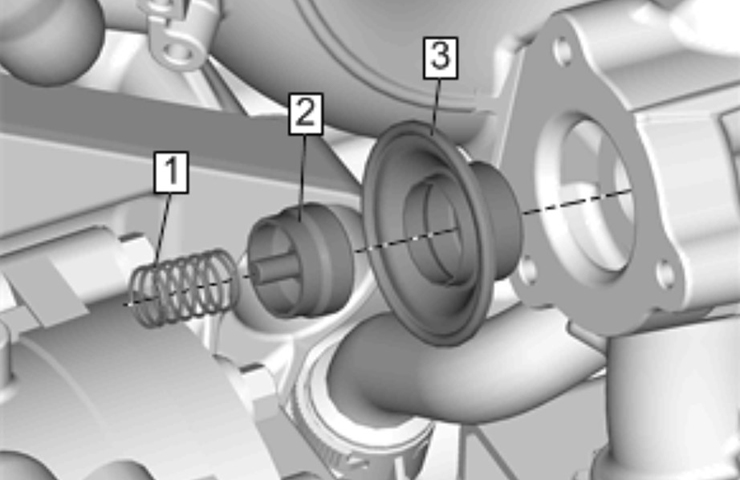 Fig. 8
Fig. 8
In addition, clean any sludge/water from the cylinder head, cam cover and PCV pipes. If there is ice/water/oil accumulation in the vacuum ports of the intake manifold or sludge blocking the cylinder head, replace the intake manifold.
Refer to #PIP5849 for additional information, including part numbers.
– Thanks to Scott Willems
Updated August 2, 2022


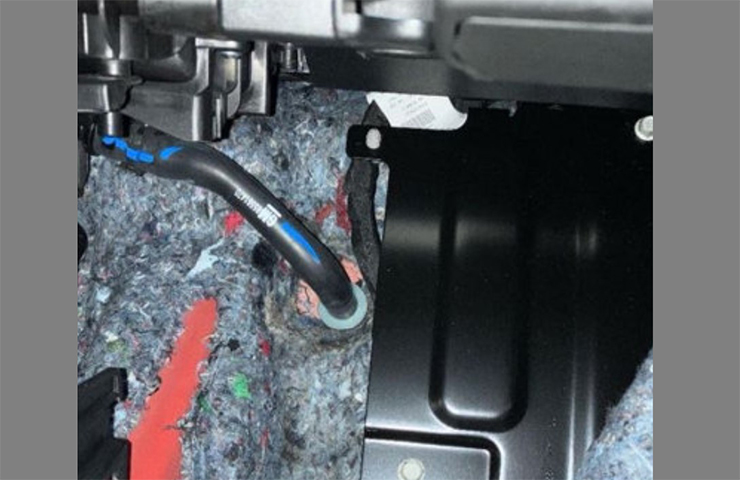


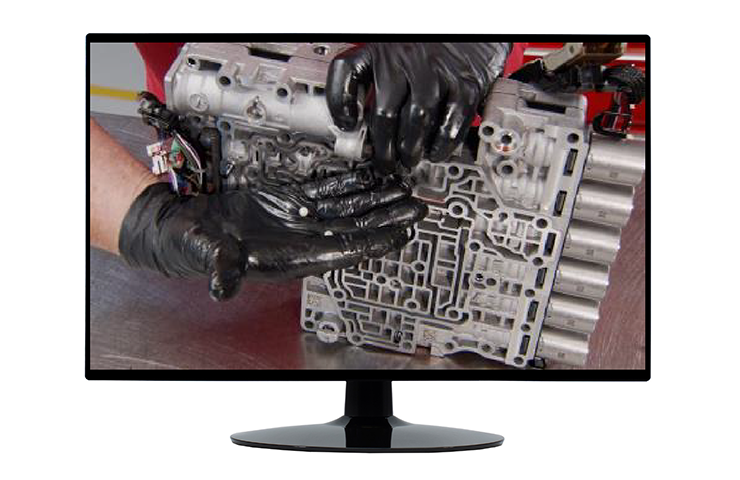

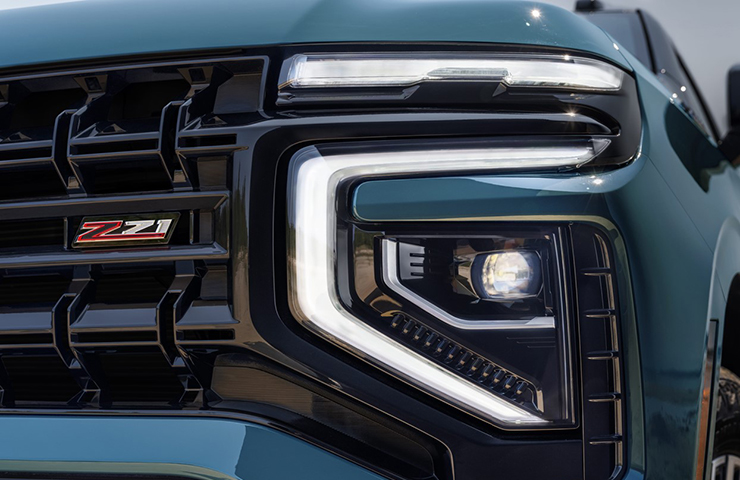
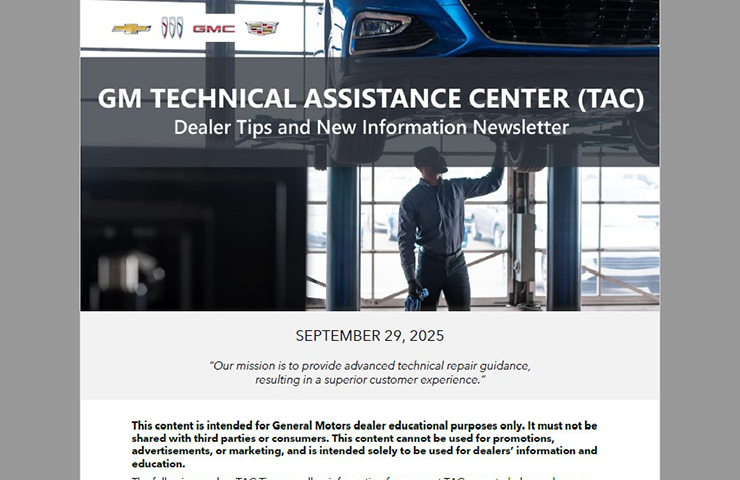


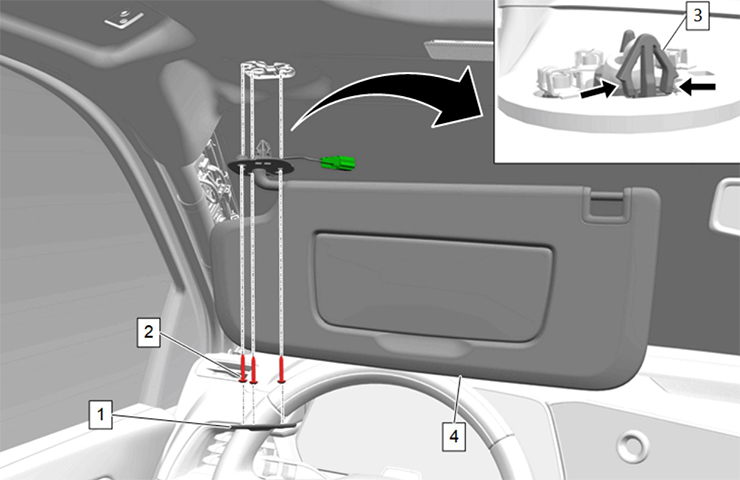
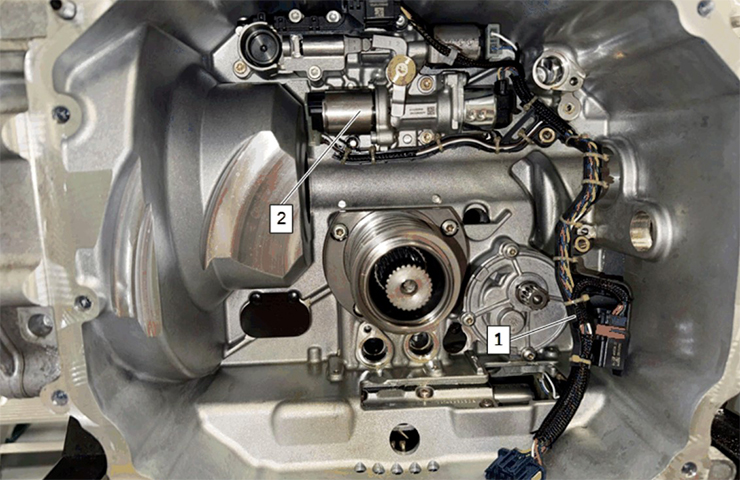
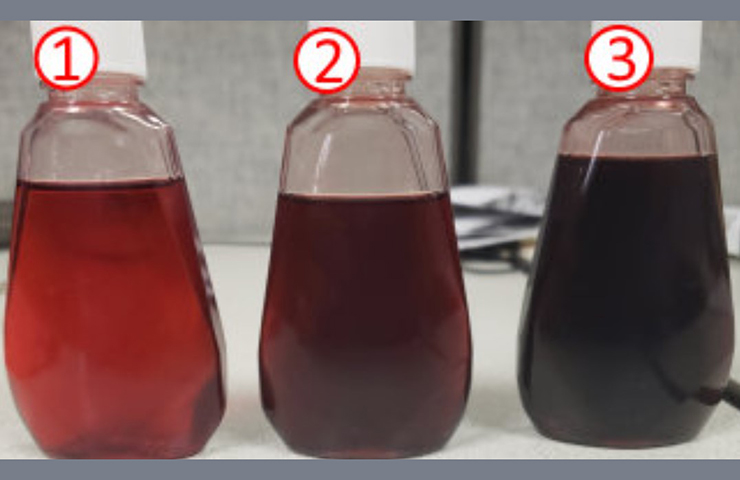






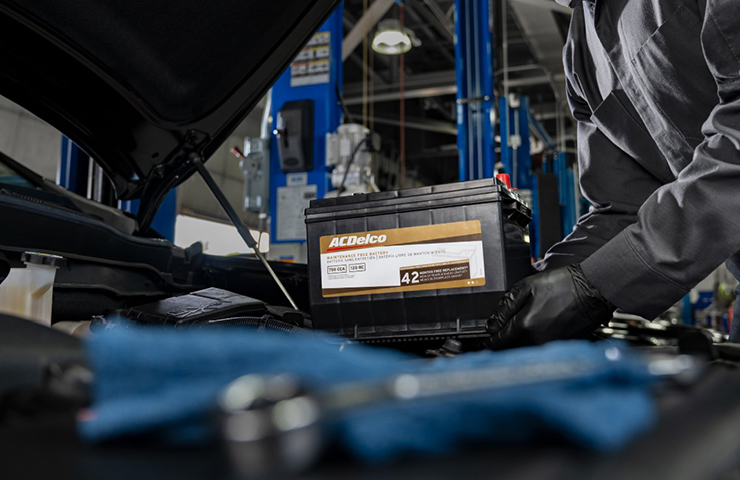
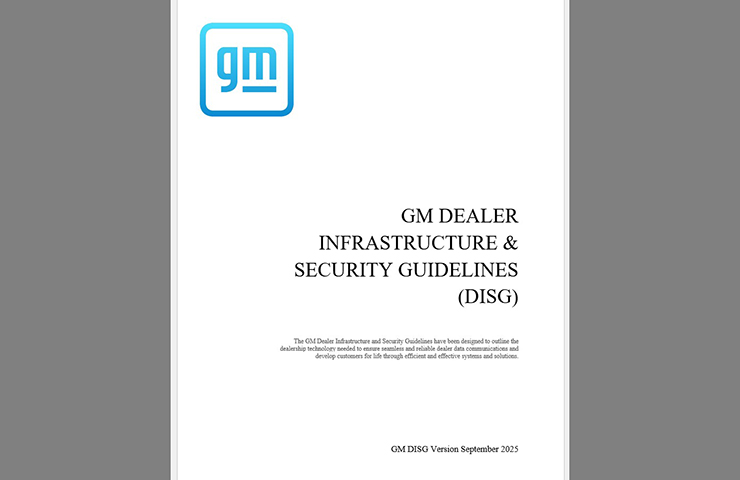

The fluid/contamination in the solenoid causing the issue is pictured in the PI. It is transferred from the intake through the PCV, into the vacuum reservoir and then into the solenoid. Replacement of the solenoid is, in most cases, only a temporary repair. The intake manifold replacement (refer to #PIP5849 for part numbers) comes assembled with both the intake and the bypass solenoid. As stated in the PI, do not replace the turbocharger for this condition.
the vaccuum solinoid can also stick and keep vaccuum applied to the bypass valve and cause p0299